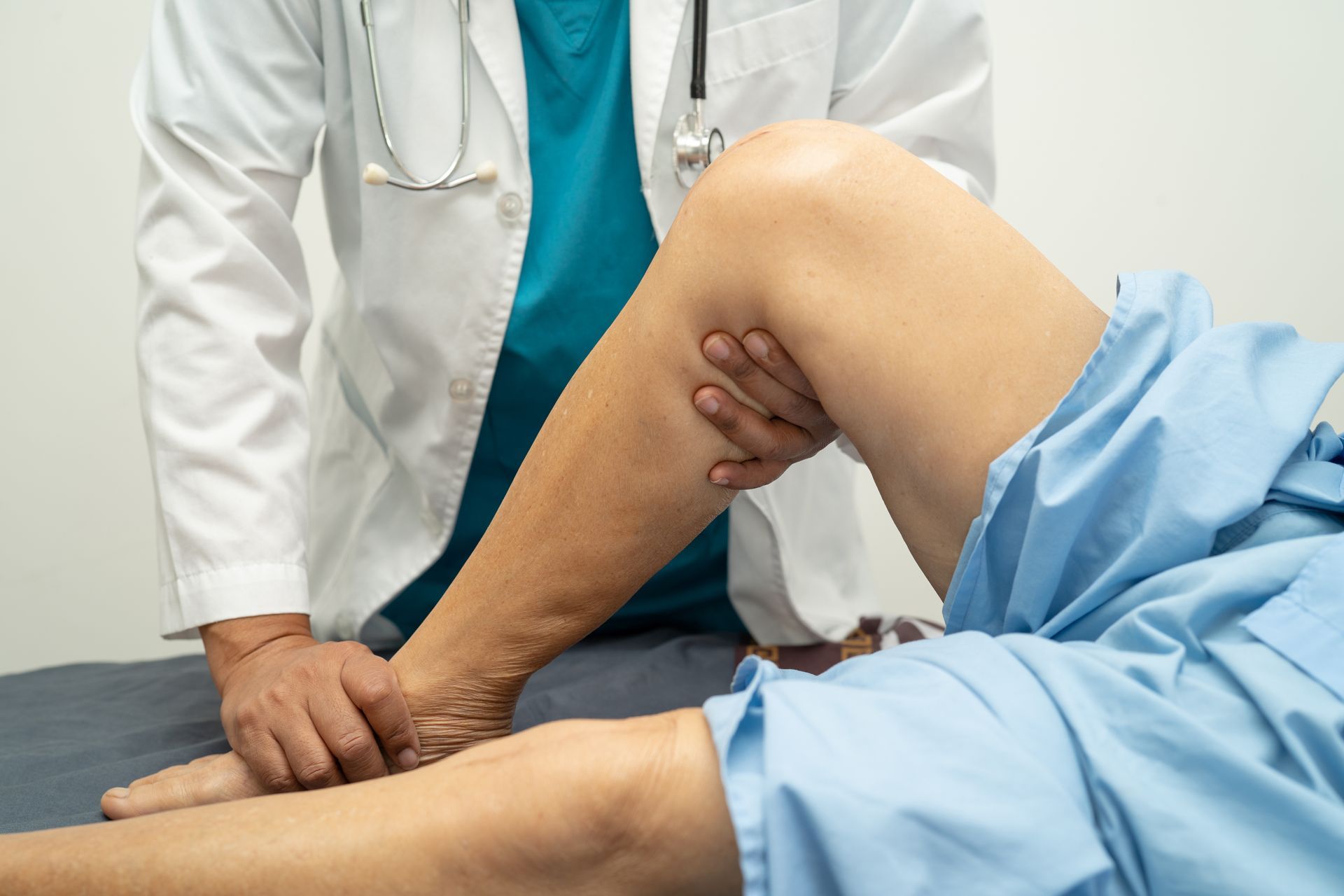As we head into Summer, the temperatures and humidity levels in Baton Rouge increase exponentially. For those who have arthritis, an increase in pain levels is often reported around this same time, indicating a possible connection between climate and joint pain. Understanding the relationship between your local weather patterns and arthritis is key to effectively managing symptoms. By recognizing the impact of humidity, individuals can take proactive steps to minimize discomfort and improve their quality of life.
What is the Relationship Between Arthritis and Humidity?
Humidity levels appear to significantly impact arthritis pain for many people, as reports of discomfort and flare-ups tend to increase during periods of high humidity. While extensive research has been conducted on the link between arthritis pain and weather, the connection between the two is not entirely clear. Researchers do have several plausible theories that help explain the relationship between them. One possibility is a change in barometric pressure. Pressure changes can cause expansion and contraction of the muscles, tendons, and tissues in and around your joints, leading to pain. Additionally, the hot and humid weather makes conditions unfavorable for exercising or being active in general, which can lead to pain, stiffness, and swelling in the joints of people who battle arthritis.
It is important to note that sensitivity to humidity varies among individuals with arthritis. Some may experience a noticeable worsening of symptoms in humid conditions, while others may not observe significant changes. Additionally, the type of arthritis can influence how humidity affects pain levels. For instance, individuals with rheumatoid arthritis may be more susceptible to humidity changes than those with osteoarthritis.
Arthritis Symptoms Exacerbated by Humidity
Humid conditions can exacerbate various symptoms of arthritis, making daily activities more challenging. Some common symptoms that may be intensified include:
- Joint pain: High humidity can cause joint pain to worsen, making it difficult to perform routine tasks and engage in physical activities.
- Stiffness: Increased humidity can lead to greater joint stiffness, making it harder to move and perform range of motion exercises.
- Swelling: The tissues around the joints may swell in humid conditions, leading to discomfort and reduced mobility.
- Fatigue: Many individuals with arthritis experience fatigue as a result of their condition. Humid weather can further contribute to feelings of fatigue, making it important to conserve energy and rest when needed.
- By understanding the symptoms that are exacerbated by humidity, individuals can develop strategies to manage their condition more effectively and minimize discomfort.
Tips for Managing Arthritis Pain in Humid Conditions
While it may not be possible to eliminate the impact of humidity on arthritis pain, several strategies can help individuals manage their symptoms more effectively in humid conditions. Here are some tips to consider:
- Stay hydrated: Drinking plenty of water can help keep the body hydrated and reduce the risk of dehydration, which can worsen arthritis pain. It also helps to keep the joints lubricated and reduces inflammation. Aim to drink at least eight glasses of water a day.
- Use air conditioning or dehumidifiers: Keeping indoor environments cool and dry can help alleviate the effects of humidity on arthritis pain. Using air conditioning or dehumidifiers can help maintain a more comfortable environment.
- Apply heat and cold therapy: Heat therapy, such as warm showers or heating pads, relaxes muscles and improves blood circulation, while cold therapy, like ice packs, reduces inflammation and numbs the affected area.
- Take breaks and rest: It is essential to listen to your body and take breaks when needed. Resting and avoiding overexertion can help manage arthritis pain in humid conditions.
- Engage in regular, low-impact exercises: Activities such as swimming, yoga, or walking, as well as gentle stretching exercises that improve range of motion, can increase joint flexibility and reduce stiffness when performed in a controlled manner. It is important to consult with a healthcare professional or physical therapist to determine the most suitable exercises for your specific condition.
By implementing these tips, individuals can better manage their arthritis pain and maintain a more comfortable lifestyle in humid conditions. If you are navigating the intricacies of arthritis, know that you do not have to do it alone. The knowledgeable physicians at Bone and Joint all specialize in treating arthritic conditions and can work with you to create a personalized and comprehensive treatment plan for your specific needs. With professional guidance and the right strategies, you can improve your quality of life and manage arthritis more effectively.




